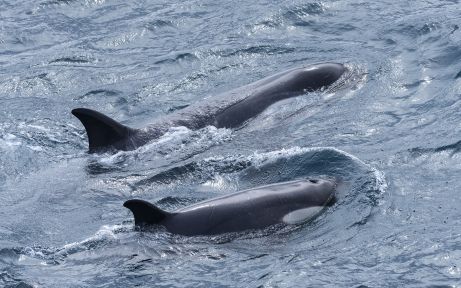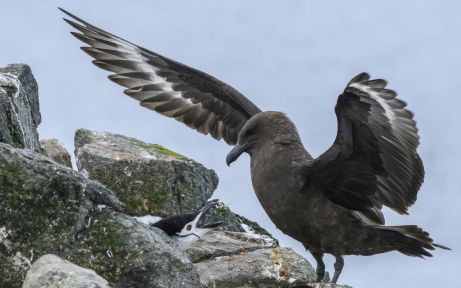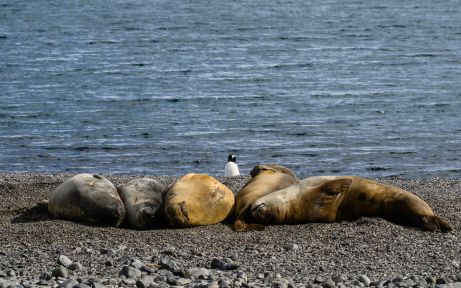Exciting changes are on the way!
As part of our merger with Polar Latitudes, we’re refreshing key elements of our website to reflect this new chapter. Discover more in our latest news update.
The South Shetland Islands may be remote and often overlooked compared to other Antarctic regions, but they are teeming with life, both on land and in the surrounding waters.
The islands, with their rugged coastlines and volcanic landscapes, offer unique habitats for a variety of wildlife. From massive penguin colonies to seals lounging on the beaches, the South Shetland Islands are a haven for Antarctic species that have adapted to thrive in extreme conditions.
Facts about Nature and Wildlife of the South Shetland Islands
- Antarctica
- South Shetland Islands







